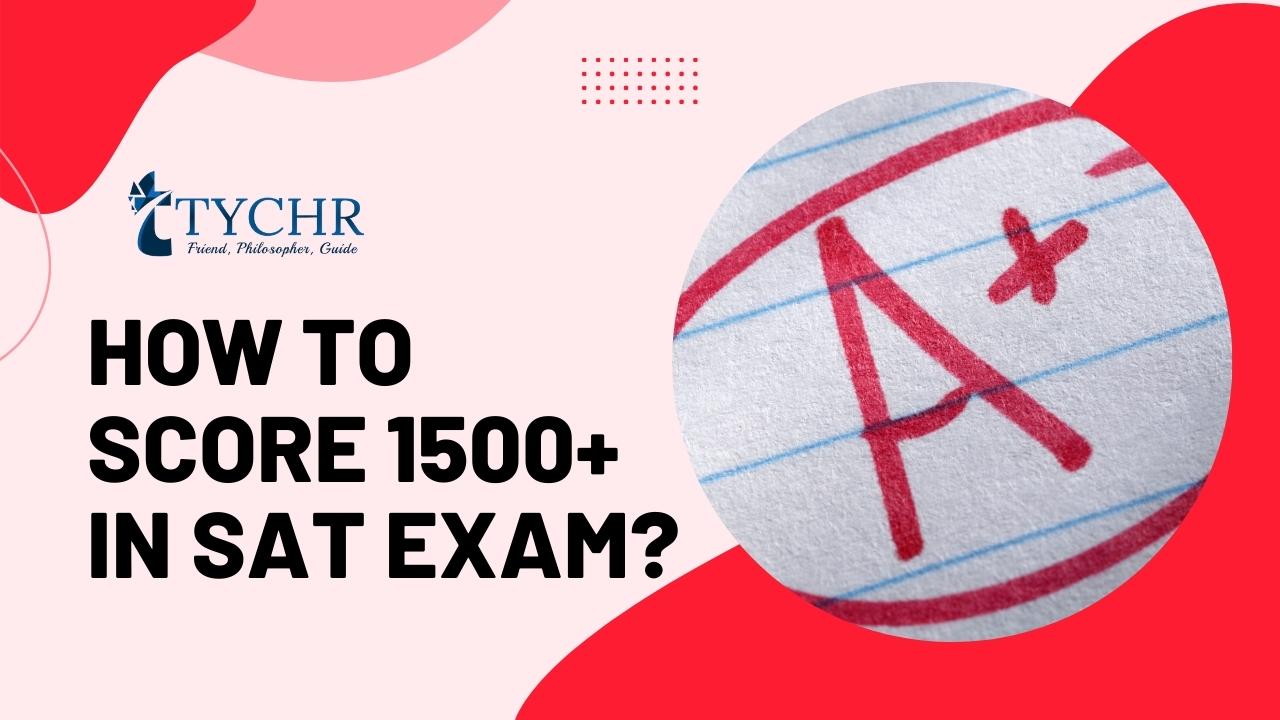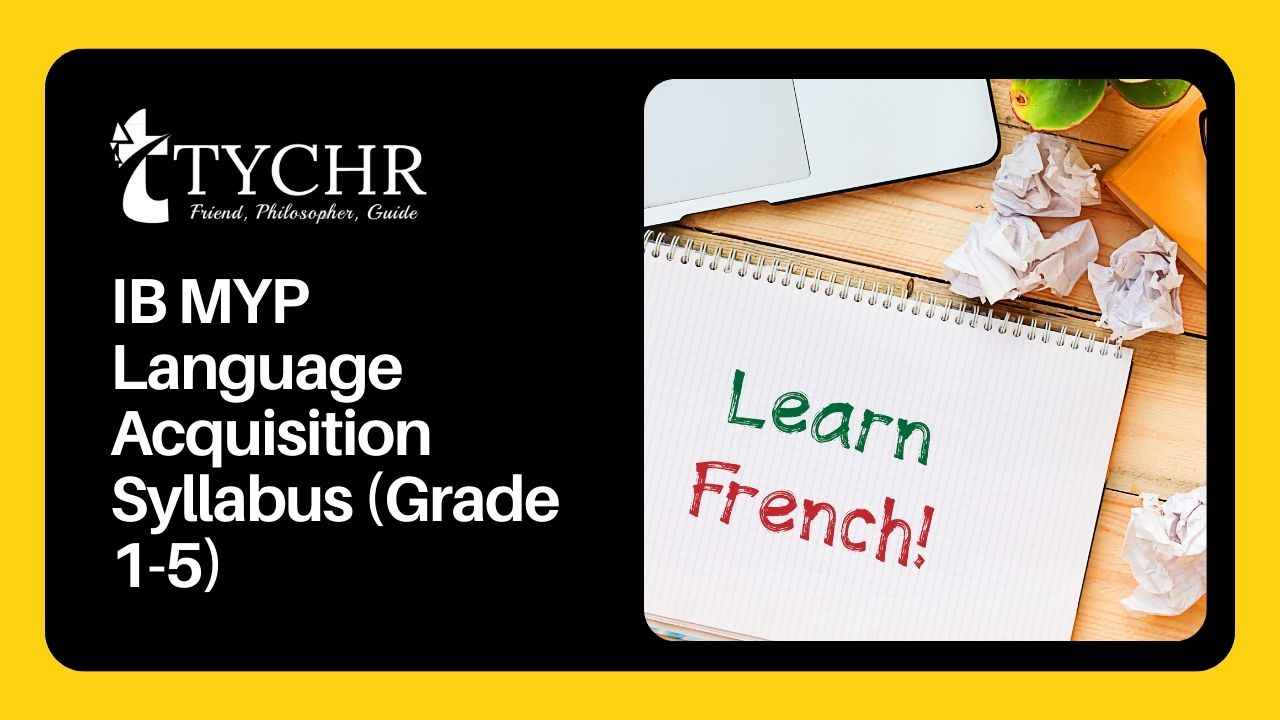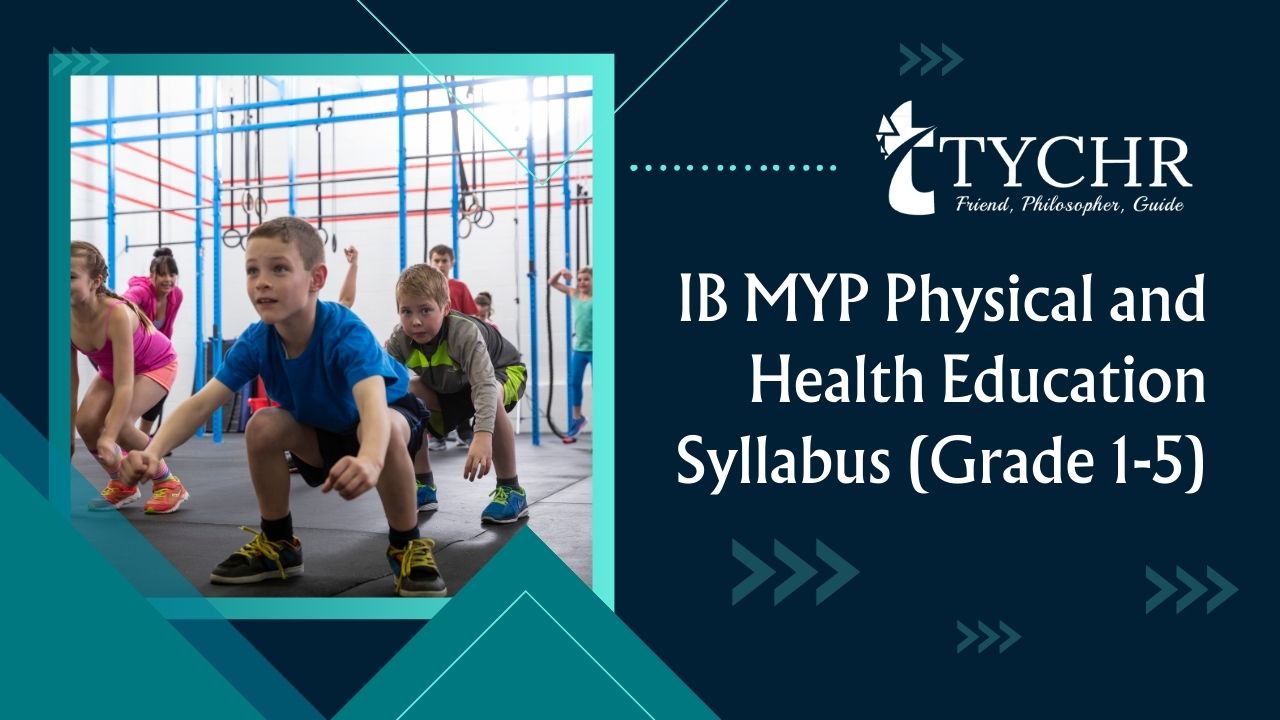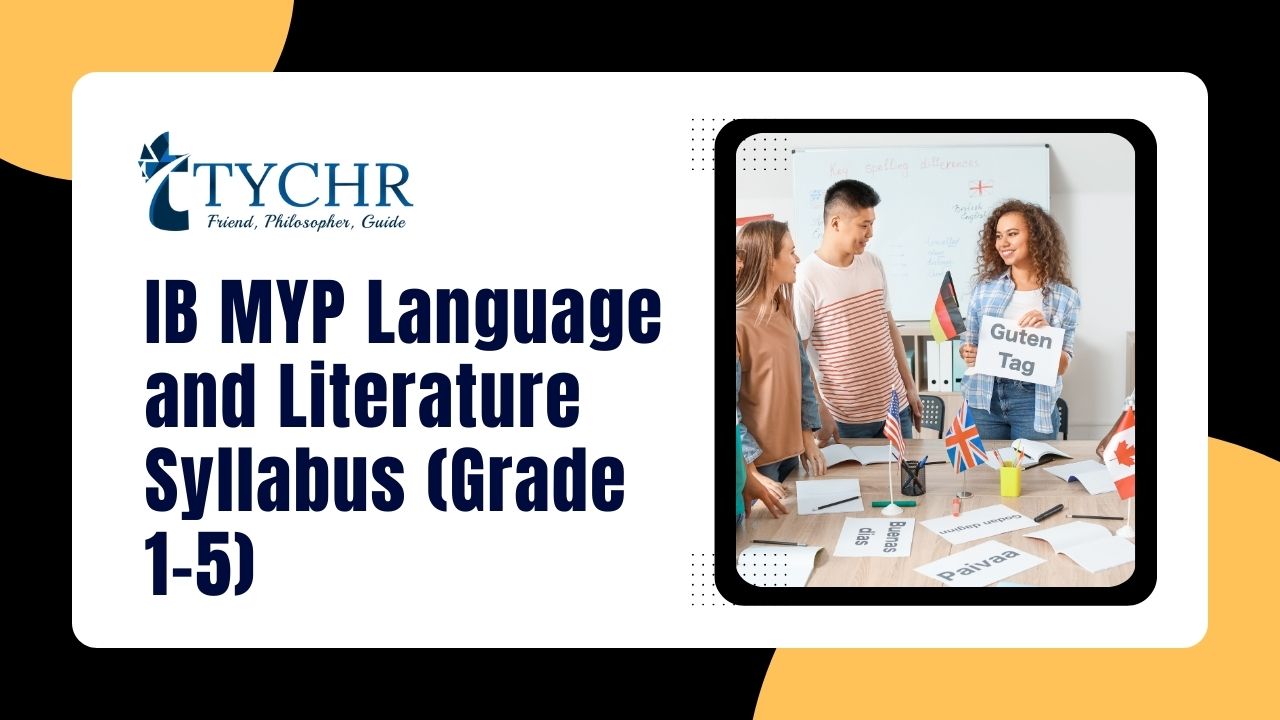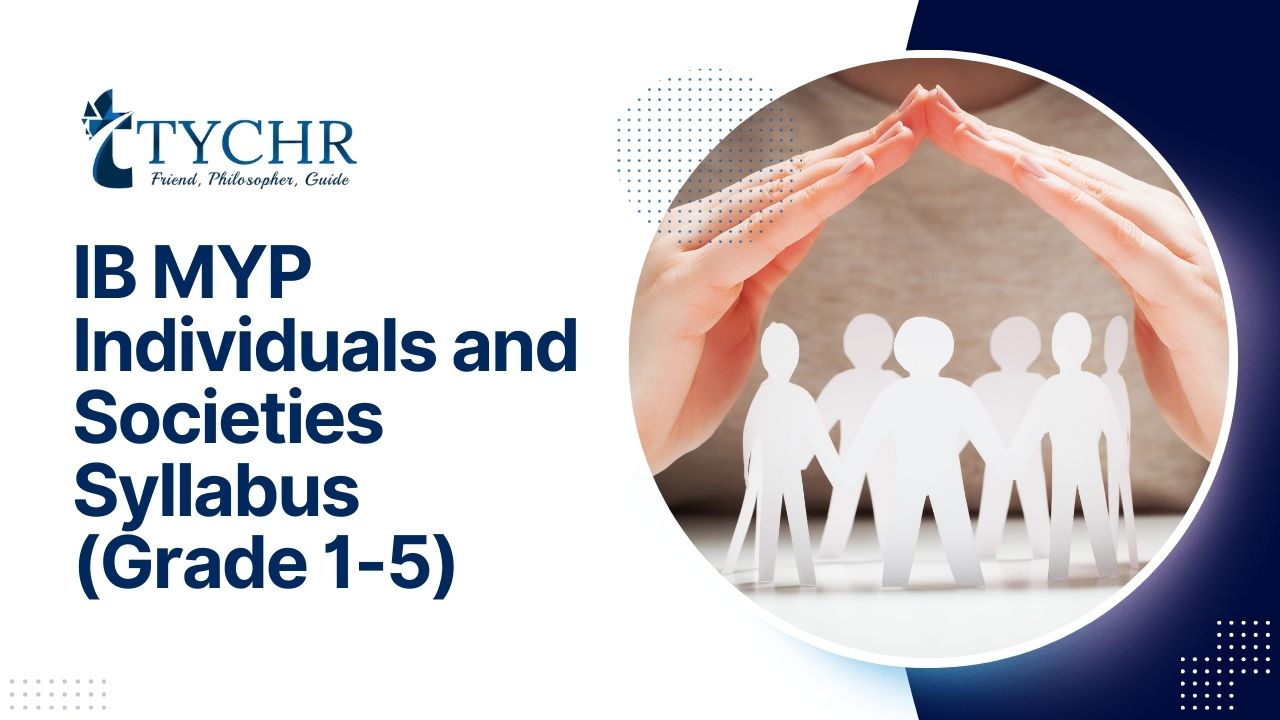Table of Contents
- 1 Understanding the importance of SAT scores
- 2 The structure and sections of the SAT exam
- 3 How scoring works on the SAT
- 4 Strategies to improve your SAT scores
- 5 Common mistakes to avoid while taking the SAT
- 6 Resources for studying and preparing for the SAT
- 7 Conclusion: The impact of high SAT scores on college admissions and future success
Welcome to the ultimate guide on unlocking your SAT exam scores! If you’re a high school student looking to get into your dream college, then understanding the importance of SAT scores is crucial. The SAT exam is not only a rite of passage but also an opportunity for you to showcase your academic abilities and stand out in the competitive admissions process.
In this blog post, we will delve into the structure and sections of the SAT exam, demystify how scoring works, provide strategies to improve your scores, highlight common mistakes to avoid during test day, and share valuable resources for studying and preparing. So buckle up and get ready to embark on your path towards success!
Remember: Your SAT scores can open doors that lead to endless possibilities. Let’s dive in!
Understanding the importance of SAT scores
When it comes to college admissions, SAT scores hold significant weight. They provide admissions officers with a standardized measure of your academic abilities and aptitude. But why are these scores so important?
High SAT scores can set you apart from other applicants. With thousands of students vying for limited spots at top-tier colleges, having impressive SAT scores can make you stand out in a sea of applications.
SAT scores act as a benchmark that allows colleges to compare applicants fairly and objectively. Regardless of the curriculum or grading system at your high school, the SAT provides an equal playing field for all students.
Moreover, many scholarships and financial aid packages take into account your SAT scores when determining eligibility. A higher score could potentially open doors to more opportunities for funding your education.
Achieving strong SAT scores demonstrates your ability to handle rigorous coursework and perform well under pressure – skills that will be invaluable throughout your college journey.
Understanding the importance of SAT scores is crucial in realizing their impact on college admissions and future success. So let’s explore how we can unlock our full potential on this exam!
Also Read: How to Score 1500+ in the Digital SAT exam?
The structure and sections of the SAT exam
The SAT exam is a standardized test that plays a crucial role in college admissions. To conquer this challenge, it’s essential to understand the structure and sections of the SAT.
The SAT consists of four main sections: Reading, Writing and Language, Math (with calculator), and Math (no calculator). Each section assesses different skills necessary for success in college.
In the Reading section, you’ll encounter passages from various genres like fiction, social sciences, history, and natural sciences. The questions will gauge your ability to comprehend complex texts and analyze their content.
The Writing and Language section tests your grammar skills by presenting passages with errors or areas for improvement. You’ll need to identify grammatical mistakes, improve sentence structure, and enhance overall clarity.
Both math sections evaluate your mathematical proficiency but differ in terms of permitted tools. The no-calculator portion focuses on problem-solving techniques that don’t require advanced calculations. Make sure to practice mental math strategies for this part!
Remember,gaining familiarity with these sections through regular practice is key!
How scoring works on the SAT
How scoring works on the SAT can sometimes seem like a mystery, but understanding the process is crucial for unlocking your path to success. The SAT consists of two main sections – Math and Evidence-Based Reading and Writing – each scored on a scale of 200-800. These scores are then combined to give you a total score between 400-1600.
Within each section, you will encounter different types of questions that vary in difficulty level. For every correct answer, you earn points, while incorrect answers result in deductions from your raw score. However, it’s important to note that there is no penalty for guessing on the SAT, so it’s always worth taking an educated guess if you’re unsure.
Once your raw scores are calculated, they are converted into scaled scores using a statistical equating process that ensures fairness across different test administrations. This means that even if two tests have slightly different content or difficulty levels, the scaled scores will accurately reflect your performance relative to other test-takers.
In addition to your individual section and total scores, you will also receive subscores for specific skill areas within each section. These subscores provide more detailed feedback on your strengths and weaknesses in areas such as algebra or grammar.
Understanding how scoring works on the SAT allows you to gauge where you stand and identify areas for improvement. By focusing on strengthening weaker skills and developing effective strategies for answering different question types, you can maximize your chances of achieving higher scores.
Keep in mind that while high SAT scores can open doors to prestigious colleges and scholarship opportunities, they are not the sole determinant of success. Admissions officers consider various factors when evaluating applications including GPA, extracurricular activities, essays, recommendation letters etc.
So remember: while striving for high SAT scores is important as part of a well-rounded college application package; ultimately what matters most is showcasing who YOU truly are beyond just numbers!
Strategies to improve your SAT scores
- Develop a Study Plan
Creating a study plan is essential for effective SAT preparation. Break down the content into manageable chunks and allocate specific time slots for each section. Consistency is key, so stick to your schedule.
2. Understand the Test Structure
Familiarize yourself with the structure and format of the SAT exam. Take practice tests to identify areas where you need improvement. Focus on honing your skills in those areas while maintaining your strengths.
3. Utilize Available Resources
Take advantage of online resources, prep books, and study guides specifically designed for the SAT exam. These materials provide valuable insights, tips, and practice questions that can help you enhance your performance.
4. Time Management Techniques
The SAT is a timed test, so mastering time management techniques is crucial. Practice pacing yourself during practice tests to ensure you complete each section within the allotted time frame.
5 Stay Calm During the Exam
Anxiety can negatively impact your performance on test day. Prioritize self-care before and during the exam by getting enough sleep, eating well-balanced meals, and practicing relaxation techniques like deep breathing exercises.
6 Seek Professional Help if needed
If you’re struggling or feel overwhelmed with studying independently, consider enrolling in an SAT prep course or hiring a tutor who can provide personalized guidance tailored to your needs.
Remember that improving your SAT scores takes dedication and persistence over time! Keep these strategies in mind as you work towards achieving academic success!
Common mistakes to avoid while taking the SAT
Preparing for the SAT can be a nerve-wracking experience, but it’s important to approach the exam with confidence and avoid common mistakes that could hinder your performance. Here are some key pitfalls to watch out for:
1. Time mismanagement: One of the biggest blunders students make is not managing their time effectively during each section of the test. It’s crucial to pace yourself and allocate enough time for each question.
2. Neglecting practice tests: Practice makes perfect, as they say! Don’t underestimate the importance of mock exams in preparing for the real deal. They help you familiarize yourself with different question types and improve your speed and accuracy.
3. Focusing on one subject at the expense of others: The SAT covers various subjects, including math, reading, writing, and an optional essay section. Don’t focus solely on your strongest areas; instead, aim to develop a well-rounded skill set across all subjects.
4. Ignoring instructions: Carefully read all instructions provided before answering each question or completing any section. Misinterpreting directions can lead to unnecessary errors.
5. Guessing blindly: While there is no penalty for wrong answers on the current version of the SAT, guessing without any thought or strategy can still lower your score overall.
6. Stressing too much about perfectionism: Striving for perfection is admirable but fixating on every tiny detail can be counterproductive during a timed test like the SAT where efficiency matters just as much as accuracy.
By avoiding these common mistakes, you’ll give yourself a better chance at achieving optimal results in your SAT exam.
Resources for studying and preparing for the SAT
When it comes to studying and preparing for the SAT, having access to quality resources can make all the difference. Thankfully, there are numerous options available that can help you effectively navigate through the exam’s challenges.
One valuable resource is online practice tests. These simulated exams allow you to familiarize yourself with the format and timing of each section, giving you a feel for what to expect on test day. Additionally, they provide an opportunity to identify areas where you may need further improvement.
Another useful tool is SAT prep books. These comprehensive guides cover all sections of the exam and often include strategies, tips, and practice questions. They can serve as a valuable supplement to your studies, helping you deepen your understanding of key concepts and providing additional practice opportunities.
Online tutorials and video lessons are also beneficial resources for SAT preparation. Many websites offer free or affordable videos that explain various topics tested on the exam in a clear and concise manner. Watching these tutorials can enhance your comprehension while making learning more engaging.
In addition to these digital resources, don’t underestimate the power of traditional study materials like flashcards or study guides tailored specifically for the SAT. These physical tools allow you to review important content wherever you go without needing internet access.
Consider seeking out tutoring services or joining study groups led by experienced instructors who specialize in SAT preparation. Their expertise can guide you through challenging concepts while offering personalized strategies catered to your strengths and weaknesses.
Remember that no single resource will guarantee success on the SAT; it’s about finding what works best for your learning style and utilizing a combination of tools that resonate with you personally.
Also Read: PSAT Prep: Preparing for the Preliminary SAT Exam
Conclusion: The impact of high SAT scores on college admissions and future success
The impact of high SAT scores on college admissions and future success
Achieving high scores on the SAT exam can have a significant impact on your college admissions prospects and future success. Admissions officers often use SAT scores as one of the key factors in their evaluation process. A strong score can help you stand out among other applicants and increase your chances of getting into your dream school.
Colleges and universities consider SAT scores along with other components such as GPA, extracurricular activities, essays, and letters of recommendation to assess an applicant’s overall academic potential. A high score demonstrates your ability to perform well academically, which is crucial for succeeding in college-level coursework.
Moreover, many scholarship programs also take SAT scores into account when awarding financial aid packages. Earning a top score may make you eligible for prestigious scholarships that can significantly reduce the cost of attending college.
But it’s not just about getting into college; high SAT scores can also pave the way for future success beyond graduation. Many employers view strong standardized test performance as an indicator of intelligence, critical thinking skills, and problem-solving abilities – qualities that are highly valued in today’s competitive job market.
Furthermore, excellent SAT results can open doors to advanced placement courses or accelerated programs at universities. These opportunities allow you to delve deeper into subjects that interest you or fast-track your degree completion – giving you a head start towards achieving your career goals.

